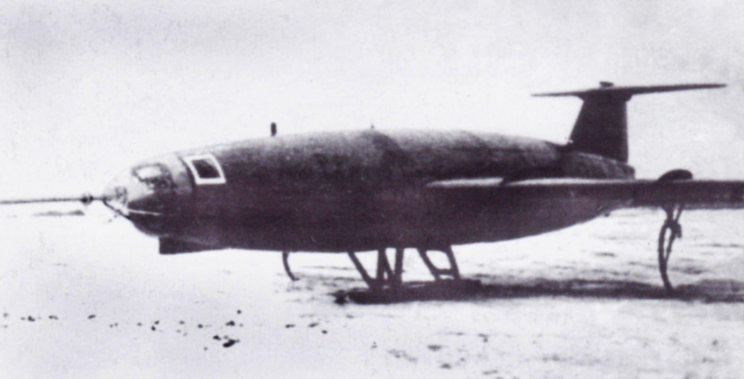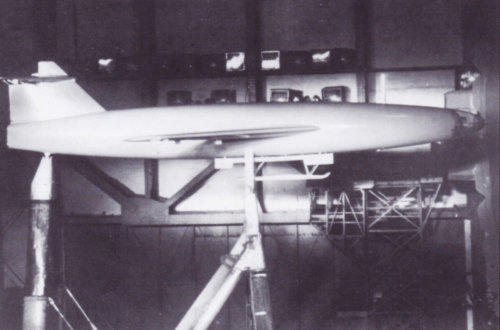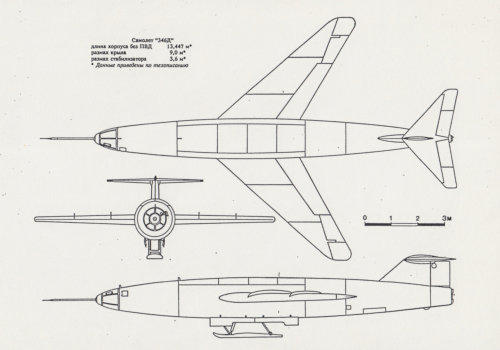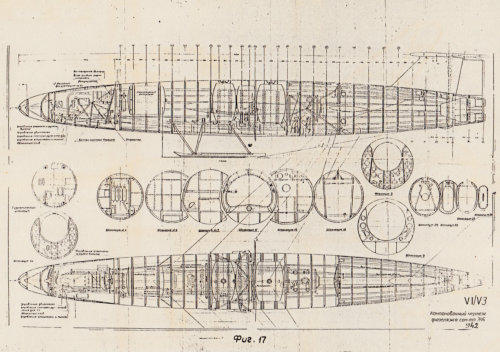The Aerospace History Blog - Page 15

Post 065
More than 1000 km/h for the first time
On October 2, 1941, the Messerschmitt Me 163 A test aircraft reached a
speed of 1003.7 km/h under competition conditions.
The aircraft, designed by Alexander Lippisch, was powered by a
Walter rocket engine with 750 kp thrust. The Me 163 A V4 KE+SW was
a pure test aircraft, the later version Me 163 B was planned as a fighter
aircraft.
Pilot Heini Dittmar flew an improved Me 163 B at 1130 km/h in July
1944.

Posted by Uwe W. Jack
The record breaking Messerschmitt Me 163 A V4 sits on it take off dolly.
(click to enlarge - the file may not be modified - commercial use is prohibited.)

This video still shows the Me 163 A V4 (KE+SW) moving under rocket power. The exhaust
generated by the Walter engine has a brown color from potassium permanganate used to
decompose the propellant hydrogen peroxide to hot steam and oxygen.

The pilot of the Me 163 A V10 CD+IO had just started the turbopump and the rocket engine,
hence the white steam under the wings and brown exhaust from the tail.
(click to enlarge - the file may not be modified - commercial use is prohibited.)
Post 066
DFS 346 - designed in 1944 for Mach 2.6
In 1944, Felix Kracht from the German Research Institute for Gliding
(DFS) designed an experimental aircraft with rocket propulsion for
supersonic flight at Mach 2.6 at an altitude of 30 km. The wings with a
45 degree sweep were based on data from the supersonic wind tunnel
in Peenemünde. The pilot lay in a capsule with panes of Plexiglas,
which could be blown off in an emergency. The prototype of the DFS
346 was under construction at the Siebel company in Halle when the
city was captured by Soviet troops at the end of April 1945. The
prototype, wind tunnel models and all documentation were taken to the
USSR.

Posted by Uwe W. Jack
A model of the DFS 346 in the windtunnel of the TSAGI research institute in Moscow.
(click to enlarge - the file may not be modified - commercial use is prohibited.)

The completed DFS 346 flew there for the first time on September 30,
1949 with the German pilot Wolfgang Ziese. Four additional aircraft
were build. The original German and the first two Russian versions
had no rocket engine installed. The aircraft proofed to be unstable at
high subsonic speeds. In 1951 Wolfgang Ziese had to escape with
the capsule from an aircraft out of control. Flying under full rocket
power, he was caught by the than unknown jet stream. The DFS no. 5
was destroyed. The tests were then discontinued - supersonic speed
is said to have been reached twice.
I met a contemporary witness who was taught about aircraft
structures on the cut-open fuselage of the DFS 346 during his
aviation studies in Moscow in the 1970s.
A DFS 346 on its landing skid. The Russians added wing fences to the design to improve stability.
(click to enlarge - the file may not be modified - commercial use is prohibited.)
An overview drawing of the DFS 346, which was made in the USSR.
(click to enlarge - the file may not be modified - commercial use is prohibited.)





The interior of the DFS 346. Behind the cockpit is a pressure barrel for the
electrical equipment.
(click to enlarge - the file may not be modified - commercial use is prohibited.)












